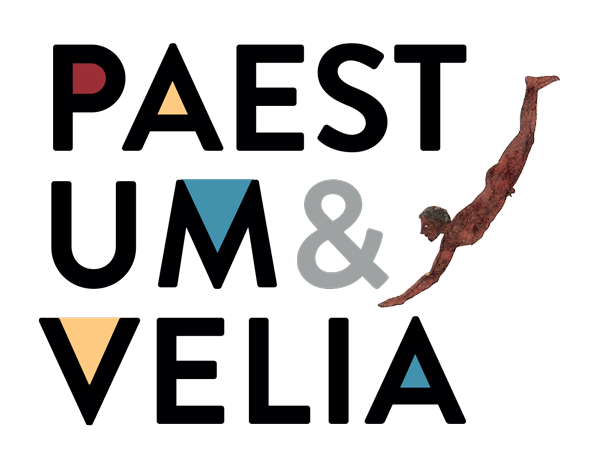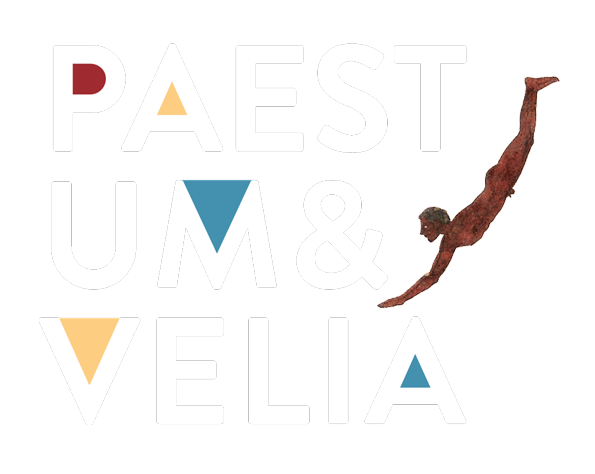 The Romans seized the city in 273 BC., changed its name to Paestum and settled colonists under Latin law, to best control the whole area. Very close relations were established between Rome and the Campanian city: the Pestani, the inhabitants of Paestum, became socii navales, i.e. allies who provided ships to the urbs in case of need, and showed their allegiance several times during the first two Punic wars.
The Romans seized the city in 273 BC., changed its name to Paestum and settled colonists under Latin law, to best control the whole area. Very close relations were established between Rome and the Campanian city: the Pestani, the inhabitants of Paestum, became socii navales, i.e. allies who provided ships to the urbs in case of need, and showed their allegiance several times during the first two Punic wars.
After guaranteeing to the Romans a sufficient provision of wheat to withstand Hannibal’s attack in Taras, Paestum was rewarded by being allowed to mint its own money. The coin with the acronym “PSSC” (Paesti Signatum Senatus Consulto) was only discontinued at the time of the emperor Tiberius.
Under the Romans, Paestum changed physiognomy: the new Forum occupied the southern parts of the old agora, and the so-called Temple of Peace (most likely a Capitolium), the Comitium, the Sanctuary of Virile Fortune, the Curia, the Macellum, the amphitheatre and the baths were built, as well as many and very luxurious private residences. And while the large Greek sanctuaries continued prospering, the symbols of the Greek city’s political life, the heroon and the ekklesiasterion, lost all their value.
In brief, Paestum was reconfirmed as a rich and vital city, although the construction of two important roads, i.e. the Appia, which connected Rome to the Adriatic, and the Popilia, which crossed Magna Graecia away from the coast, cut it off from the major trade routes.













